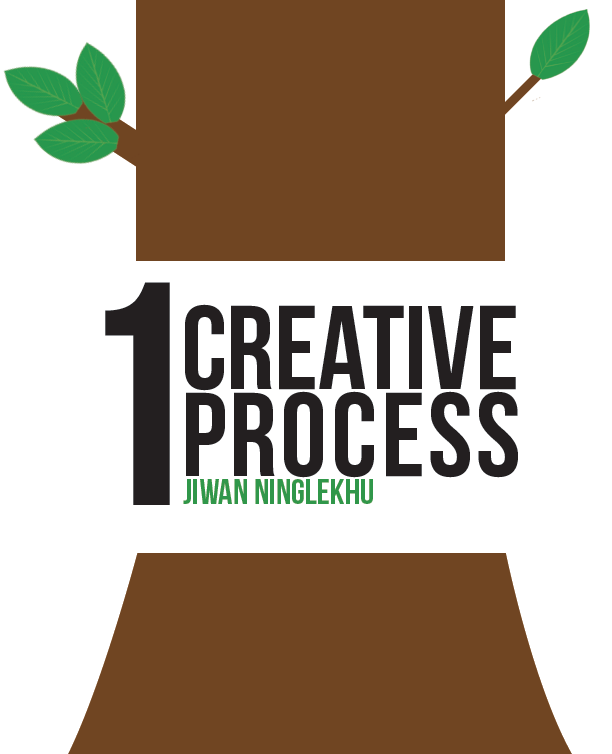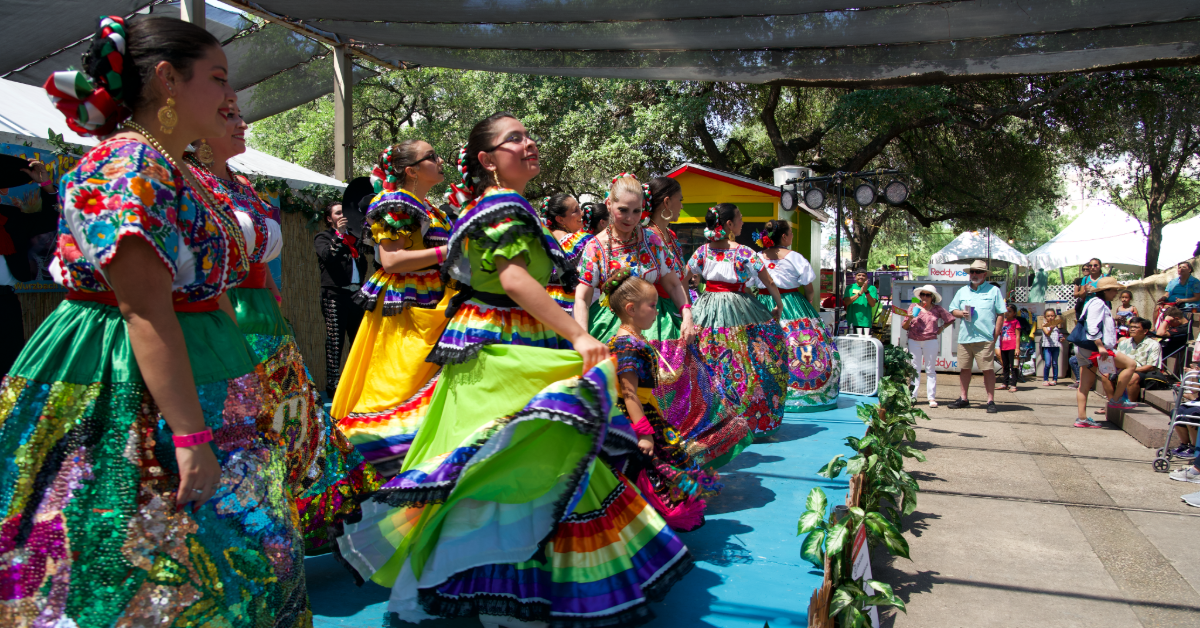I was working on a research project on discovering properties of a process in computing systems when, after a week of hard work, I met with my advisor. “You are not being creative enough!” he exclaimed, after I showed him my research results. Those words stabbed deep into my heart as my creative genius was damaged. I always considered myself to be creative person. From some independent research on creativity, I found that we as humans experience creative aspects in our everyday life, only to blindly walk past them.
Creativity is an abstruse, relative term, but I believe it can be developed at some level by following a process. While it may be ironic to find creativity through a mechanic process, I find that it actually helps.
Find your “what” start with “why” and get to “how”.
Find the what
Creativity is using innovative and imaginative forms of thinking while maintaining a sense of aesthetic appeal. Defining what exactly you are looking for is the primary step (under the assumption that the ideas being developed do not yet exist.) For example, we might want to open a new coffee shop. There are a multitude of possibilities, but the question is: what you are looking for?
Start with the why
In my own academic research, I knew what content I was looking for but was unable to identify where to start because I needed to find the why first.
The why will bring imagination — the crux of creativity.
Get to the how
With the coffee shop example, say I would like to build this unique coffee shop because I want to deliver a special experience to coffee lovers. I would first study existing coffee shops. Examining existing facts will shed light on the remaining options. I must be willing to choose to experiment with the tools I have: my knowledgebase, intelligence and intuition.
Disinterest, Difficulty, Desire and Constraints
Difficulty, disinterest and desire are the roots of creation. Even nature evolves and adjusts to changing paradigms.
Difficulty forces us to find solutions to problems that arise. Understanding a problem by knowing its source, behavior and elements is the basis of innovation.
Disinterest forces us to find something new while desire motivates us to take that next step that inspires change. Desire is what makes us want to live a more artful life. If something is boring, we look forward to changing it. Looking at Facebook’s interface when it first started compared to its current state, there’s hardly any resemblance, because that would be boring! In order for something to improve or continue to innovate, the old dies and the new is born.
Constraints are central to creativity as well. Human beings are lucky to have intuition that allow us to identify dangers and limitations. While constraints and difficulty may sound alike, they are not the same in a creative process. Difficulty makes us think about alternatives while constraints are forces that frame creativity within requirements and give us optimality.
Tools, Mind and Action
One day, I was walking by the Sombrilla at UTSA’s Main Campus and saw some litter on the ground. Not too far from the scattered plastic cups were a pair of bins: a blue recycle bin and a black round trash bin, waiting there for people with open, inviting mouths. The scene made a lightbulb click in my mind. The idea was a mobile application in which someone recycling could participate in a reward program. Every time someone took a five second video of themselves recycling, they would be rewarded with credit in the form of sponsored prizes. I thought the app could be introduced to the Green Fund UTSA in order to create a network to help with the recycling project.
This creative idea came to me based on past knowledge and the relation I made to the present scenario.
Our thoughts drive us to our destiny. Our thoughts are also about defining what we care about and what we can do better. One incomplete part in this story is action. Taking action, going through the trials and tribulations associated with action is vital not only to the task at hand but also to your own personal creative growth. It may bring more difficulties, introduce us with new constraints and desire us to add new elements, but, in return, they feed back into the creative process — helping not only ourselves but also our communities.
By Jiwan Ninglekhu






